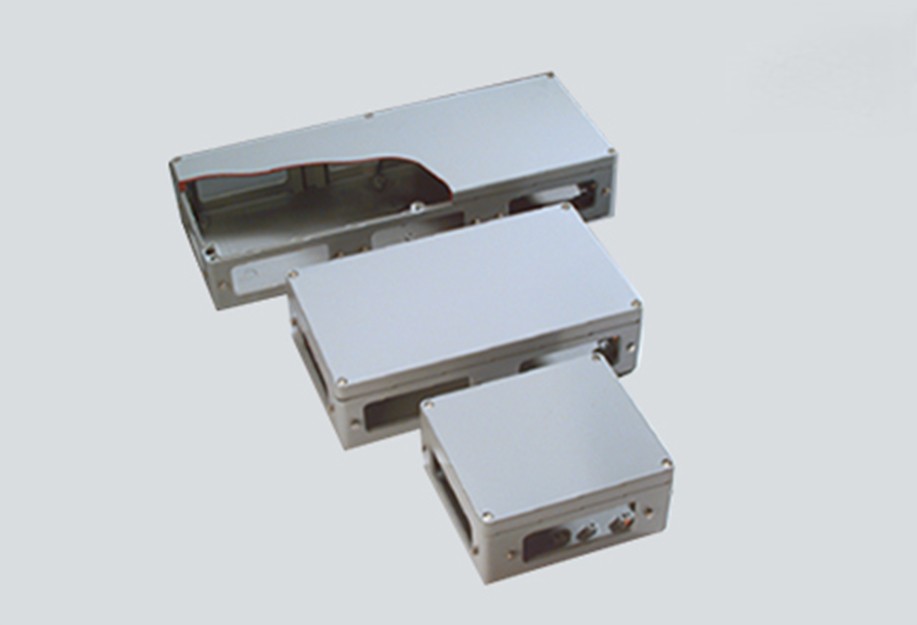
What is a stainless steel chassis in the industrial field
- Categories:Company News
- Time of issue:2022-08-04
(Summary description)When the main body of the chassis is made of stainless steel, the chassis is an aluminum alloy chassis.
What is a stainless steel chassis in the industrial field
(Summary description)When the main body of the chassis is made of stainless steel, the chassis is an aluminum alloy chassis.
- Categories:Company News
- Time of issue:2022-08-04

When the main body of the chassis is made of stainless steel, the chassis is an aluminum alloy chassis. Stainless steel refers to steel that is resistant to weak corrosive media such as air, steam, and water, and chemically corrosive media such as acid, alkali, and salt, also known as stainless acid-resistant steel. In practical applications, the steel that is resistant to weak corrosive media is often called stainless steel, and the steel that is resistant to chemical media corrosion is called acid-resistant steel. Due to the difference in chemical composition between the two, the former is not necessarily resistant to chemical media corrosion, while the latter is generally stainless. When the chassis is made of stainless steel, it means that the chassis has strong strength. Stainless steel can be said to be the strongest metal material. And the stainless steel chassis has high temperature resistance, so it can withstand fire.
1. Hard type:
Stainless steel is a very expensive material, and its production requirements are also very high. But the stainless sheet will inevitably have various defects in the production process, such as scratches, pits, sand holes, dark lines, creases, pollution, etc. But the toughness of stainless steel is also the highest. The toughness of the case made of stainless steel is much higher than that of the aluminum alloy case.
2. Corrosive:
Stainless steel is not prone to corrosion, pitting, rusting or wear. Because stainless steel has good corrosion resistance, it can permanently maintain the engineering integrity of structural components. and easy industrial processing.
3. Thickness:
Generally speaking, different stainless steel products require different thickness of raw materials. The thickness of stainless steel for chassis is about -10%, and the thickness of cabinet is about -8%. If customers have relevant requirements, the thickness can also be increased or decreased according to their requirements.
4. Welding performance:
Different product uses have different requirements for welding performance. However, the stainless steel products of the chassis have better welding performance.
Regular cleaning and maintenance of stainless steel chassis is necessary to maintain its gorgeous surface and prolong its service life. When cleaning the stainless steel surface, care must be taken not to scratch the surface, and avoid the use of bleaching ingredients and abrasive detergents, steel balls, abrasive tools, etc. It is best to use a soft, clean cleaning cloth to gently wipe the surface of the case. Finally, because there is a lot of dust in the living environment, it will affect the operation of the fan and increase the noise. Therefore, it is necessary to regularly dust the stainless steel chassis.
Compared with plastic chassis, stainless steel chassis has considerable advantages in many applications, and is widely used in various industries, such as food industry, packaging industry and hazardous environment industry, EMC area and bus area. Stainless steel material has lasting resistance to harsh conditions and chemical industrial environments, and is ideal for clean environments required by food, pharmaceutical and other projects. Stainless steel enclosures offer consistent high surface finish quality standards (240 mesh longitudinally), finishing (precise edging and welding) and intrusion protection (standard IP65 and IP66 ratings and higher on request) grade).
In order to meet the requirements of high mobility of the system equipment, a new type of chassis was developed. Firstly, the design requirements of the chassis are analyzed, and then the movable chassis is analyzed, simulated and designed from the aspects of structural form, stiffness, strength, vibration isolation buffer, etc., and finally a three-dimensional general model of the chassis is established to ensure the design The transfer, sharing, inheritance and change of information in the process. Using the finite element method, the finite element model of the chassis is established. Through modal analysis and calculation, the mode shapes and natural frequencies of each order are obtained. According to the requirements of relevant standards, transient dynamic analysis and random vibration spectrum analysis are carried out to simulate the excitation required by actual requirements to realize the simulation analysis of shock and vibration. , the stress and strain values of each part of the chassis are obtained, and the weak parts of the chassis structure are found, which provides the basis for the dynamic optimization design of its structure.
Recommended
news
Take you to understand the PLC control cabinet
Why can't ordinary motors be used as variable frequency motors?
Shanghai Qigu Technology Co., Ltd.

Webpage Copyright:Shanghai Qigu Technology Co., Ltd. 沪ICP备18000164号-2

 +08613761094501
+08613761094501
 Messages
Messages 